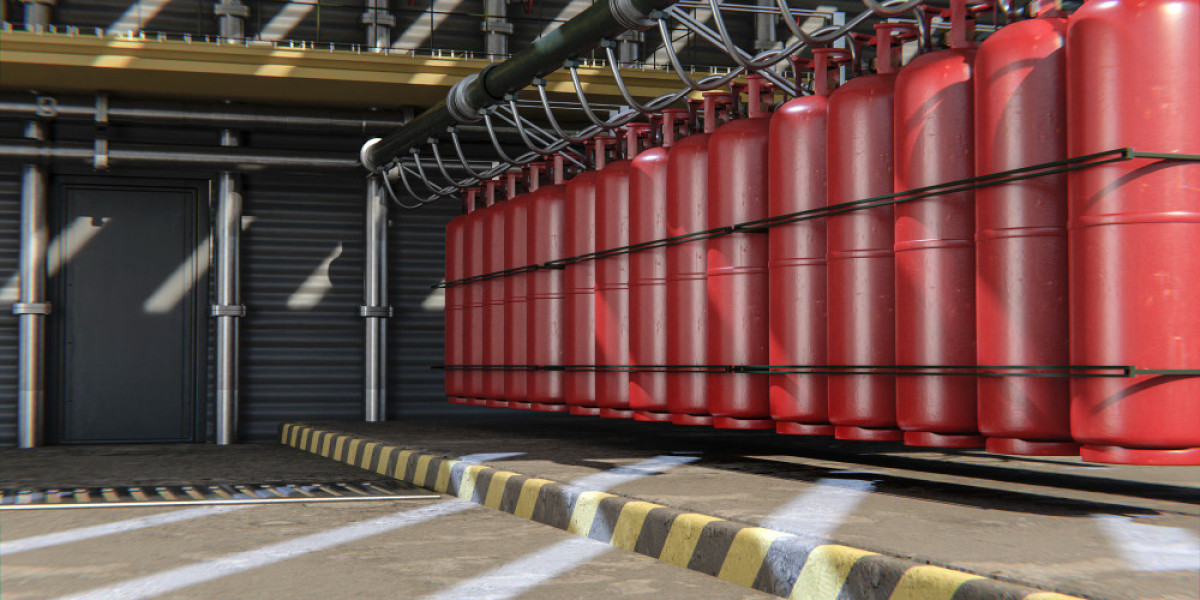Fire is a force of nature that can be both awe-inspiring and terrifying. It has the potential to cause significant damage to property and pose serious risks to human life. However, with the right tools and knowledge, we can mitigate these risks and protect ourselves from its destructive power. One of the most crucial tools in fire safety is the humble yet indispensable fire extinguisher.
Why are Fire Extinguishers Important?
Fire extinguishers are portable devices designed to extinguish small fires or control them until the fire department arrives. They are vital for containing fires in their early stages, preventing them from spreading and causing more extensive damage. When used promptly and correctly, fire extinguishers can save lives and property.
Understanding Fire Classes
Before delving into fire extinguishers, it's essential to understand the different classes of fire they are designed to combat. Fire is categorized into five main classes based on the materials fueling it:
- Class A: Fires fueled by ordinary combustibles such as wood, paper, cloth, and plastics.
- Class B: Fires involving flammable liquids like gasoline, oil, grease, and solvents.
- Class C: Fires ignited by electrical equipment or wiring.
- Class D: Fires fueled by combustible metals like magnesium, titanium, and sodium.
- Class K: Fires involving cooking oils and fats, typically found in commercial kitchens.
Each class of fire requires a specific type of extinguishing agent for effective suppression. Using the wrong type of extinguisher can worsen the situation or even endanger the user.
Types of Fire Extinguisher
Fire extinguishers are classified based on the extinguishing agent they contain. The most common types include:
Water (Class A): Suitable for Class A fires involving ordinary combustibles. However, they should never be used on fires fueled by flammable liquids or electrical equipment due to the risk of electrical shock or spreading the fire.
Dry Chemical (ABC or BC): Effective against Class A, B, and C fires, dry chemical extinguishers contain a powdered chemical agent that smothers the fire by interrupting the chemical reaction. They are versatile and widely used in homes, offices, and industrial settings.
Carbon Dioxide (CO2): Designed for Class B and C fires, CO2 extinguishers work by displacing oxygen and cooling the fire. They are non-conductive and leave no residue, making them suitable for use around electrical equipment.
Foam (AFFF): Ideal for Class A and B fires, foam extinguishers create a barrier between the fuel and the oxygen, suppressing the fire and preventing re-ignition. They are commonly found in areas with flammable liquids, such as warehouses and industrial facilities.
Wet Chemical (Class K): Specifically formulated for Class K fires, wet chemical extinguishers react with cooking oils and fats to form a soapy layer that seals the surface and extinguishes the fire. They are essential for commercial kitchens and restaurants.
Using a Fire Extinguisher Safely
While fire extinguishers are effective tools for combating small fires, using them incorrectly can be dangerous. Follow these steps for safe and effective operation:
Assess the Situation: Before attempting to use a fire extinguisher, evaluate the size and type of fire. If the fire is spreading rapidly or if you are unsure about your ability to extinguish it, evacuate immediately and call the fire department.
Remember PASS:
- Pull the Pin: Pull the pin or ring to break the tamper seal.
- Aim Low: Aim the nozzle or hose at the base of the fire, not at the flames.
- Squeeze the Handle: Squeeze the handle to discharge the extinguishing agent.
- Sweep from Side to Side: Sweep the nozzle or hose from side to side, covering the entire area of the fire with the extinguishing agent.
Maintain a Safe Distance: Stand at least 6 to 8 feet away from the fire and move closer as the fire diminishes. Always have a clear escape route in case the fire escalates.
Watch for Re-ignition: After extinguishing the fire, monitor the area for any signs of re-ignition. Be prepared to repeat the extinguishing process if necessary.
Dispose of Used Extinguishers Properly: Once discharged, fire extinguishers must be professionally serviced and recharged to ensure they are ready for future use. Do not dispose of them in regular trash.
Conclusion
Fire extinguishers are invaluable tools for fire safety, providing a first line of defense against small fires and emergencies. Understanding the different types of extinguishers and their appropriate uses is crucial for effective fire suppression. By following proper safety procedures and knowing when to use a fire extinguisher, individuals can play a proactive role in protecting themselves, their loved ones, and their property from the devastating effects of fire. Remember, in the event of a large or uncontrollable fire, prioritize your safety and evacuate immediately, leaving firefighting to the professionals.


